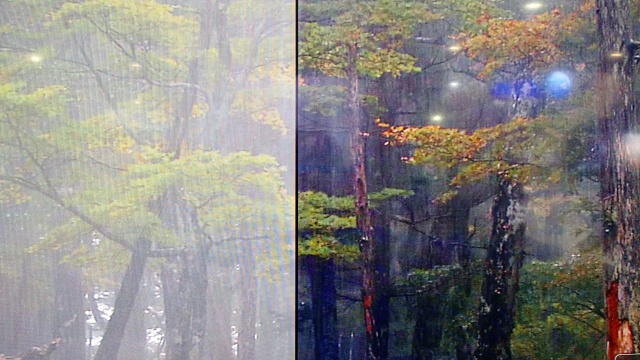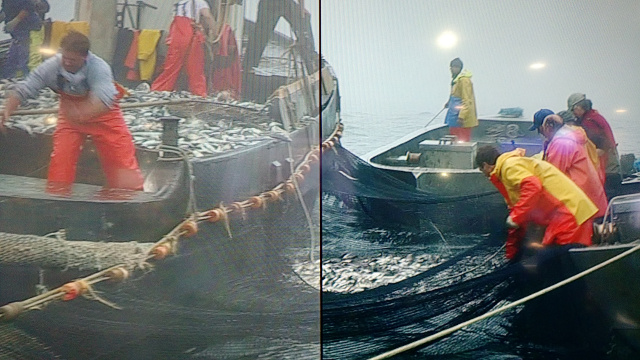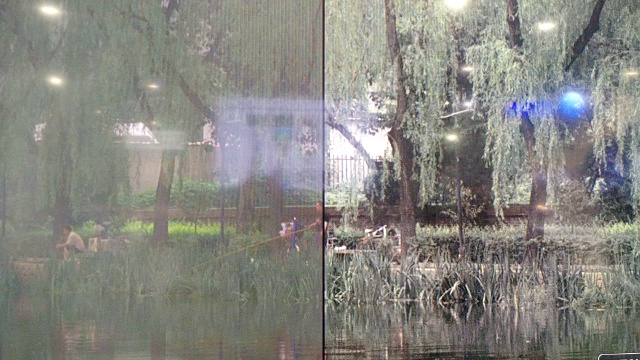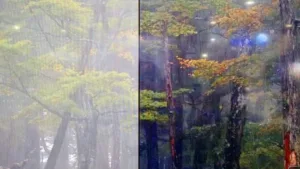Darbee Vision has developed a video processor that adds contrast, sharpness and depth to 2D images (Darbee Enhances Optoma Imagery). At CES 2016, it showed this working on 4K TVs, plus some other applications that can be useful in security, for example.
Darbee is very coy about what they are doing, but the difference in image quality is definitely noticeable. It indeed has more contrast and sharpness but does not appear to be done with conventional approaches which tend to also add ringing and ghosting in doing this. They say they look at the image for depth cues and use those in their algorithm to process the picture. It does not change the color at all, however.
For example, they say they might look for a shadow detail behind and object but then they will move this detail further back to give the impression of more depth to the image. The image below shows the result with the processed image on the right side and unprocessed on the left. Notice the flowers seem to have more depth.
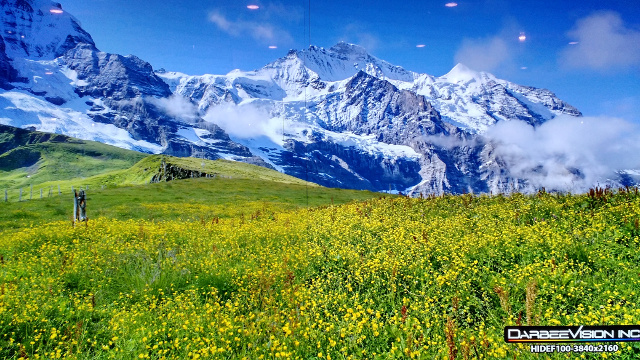
The processor runs on an FPGA from Altera which they says actually does generate a stereo pair from the 2D video to provide the depth cue information. It does this in real time with no lag. This is only possible as they analyze the image on a line-by-line basis instead of a frame-by-frame basis. It is a patented process.
Currently, the company offers their processor, called Darbee Visual Presence, in a standalone box for $249. It can improve bot 2D and 3D video. It is also built into several projectors like an Optoma projector and AVRs from Oppo and Cambridge Audio.
To show that the processor can work with 4K content as well, Darbee was showing it working on the new LG OLED 4K TV (55 EF9500). The level of process is adjustable from 0 to 120% to really add sharpness, contrast and depth to the image. Higher levels can introduce more artifacts, however, but for gaming and CG content, they feel more depth cues are desirable. The demo was impressive.
A separate piece of IP was also on display in a product called Reveal, which is aimed at the security industry. Here, the idea is to work on aerial distortion in video content created by fog, ran, and sleet for example. They then showed us unprocessed and processed video that did a remarkable job of removing the aerial noise. They plan to release this product soon and will also offer a cloud-based service to clean up images. The photos below show the effect. (CC)
